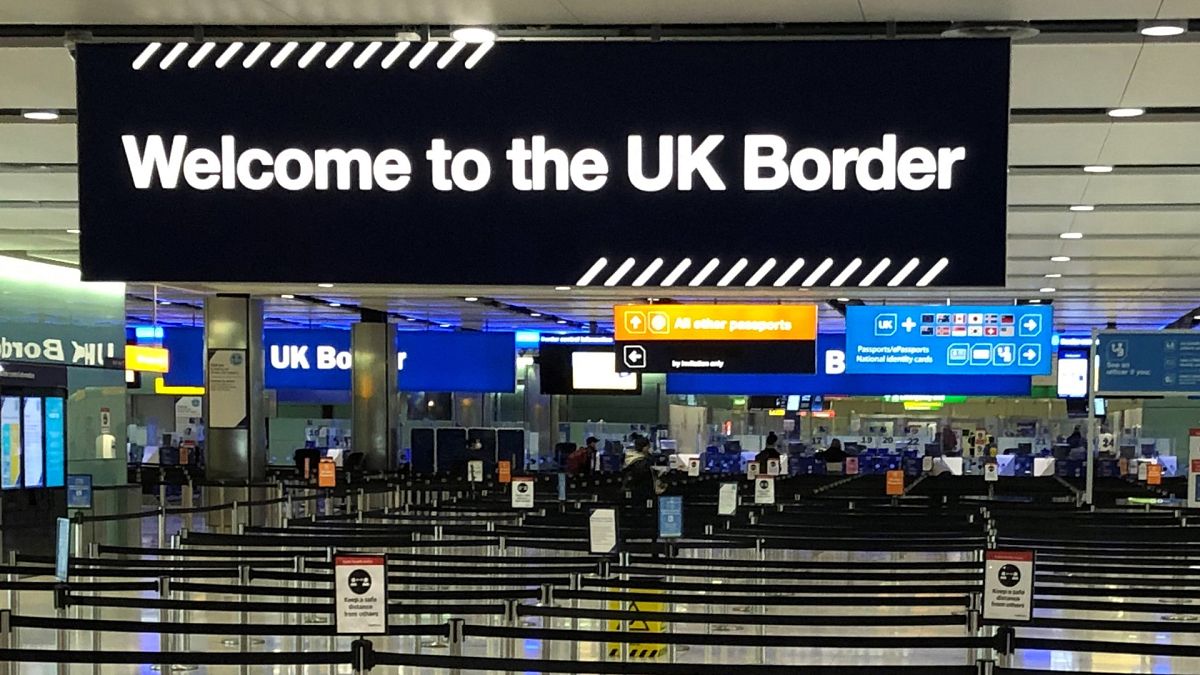A lack of local lab testing, limited infrastructure, and threats from armed groups are slowing down the public health response.
There are a few potential culprits behind a mystery outbreak that has sickened hundreds of people in the Democratic Republic of the Congo – but a lack of medical supplies and logistical problems are slowing down disease detection in the remote region.
Between October 24 and December 5, there were 406 cases of an unidentified flu-like illness, mostly among children under five years old, in the country’s Kwango province, according to the World Health Organization (WHO).
The UN health agency has verified 31 deaths, but the DRC’s health officials say that when including patients who died outside of medical facilities, at least 71 people have been confirmed dead.
The illness has symptoms that include fever, headache, cough, runny nose, fatigue, and body aches.
Last week, the WHO sent a rapid response team to the region to help identify the cause of the illnesses and provide medical treatment, but it takes two days to reach the rural, remote area by road, and the rainy season has also slowed the team down, according to the agency.
There is no lab in the area, meaning samples are being sent to the national laboratory in Kinshasa, which is about 700 km away, for testing.
“These challenges, coupled with limited diagnostics in the region, have delayed the identification of the underlying cause,” the WHO said.
Even so, the WHO said that based on people’s symptoms and the number of deaths so far, authorities believe the illness may be acute pneumonia, influenza, COVID-19, measles, or malaria.
‘More than one disease’ could be contributing
Malaria is a common disease in the DRC, with more than 30.5 million cases reported in 2021, accounting for 12.3 per cent of all cases globally. Nearly 79,000 people died from malaria that year.
“At this stage, it is also possible that more than one disease is contributing to the cases and deaths,” the WHO said.
Malnutrition likely also plays a role, the agency said, given all of the patients with severe illness were malnourished.
Political insecurity in the region is also complicating the public health response.
More than 100 local armed groups are operating in the DRC, according to Amnesty International, and clashes between the military and rebel groups have ratcheted up since the DRC’s national elections turned violent last year.
“The potential for attacks by armed groups poses a direct risk to response teams and communities, which could further disrupt the response,” the WHO said.
The DRC did not report the outbreak until November 29, which frustrated health officials outside of the country.
“We have a delay of almost five to six weeks, and in five to six weeks so many things can happen,” Dr Jean Kaseya, director-general of the Africa Centres for Disease Control and Prevention (Africa CDC), told reporters last week.
In the meantime, the WHO said the risk from the mystery disease is high in the local region, but moderate across the DRC and low in Africa and at the global level.

 3 months ago
39
3 months ago
39






 We deliver critical software at unparalleled value and speed to help your business thrive
We deliver critical software at unparalleled value and speed to help your business thrive






 English (US) ·
English (US) ·